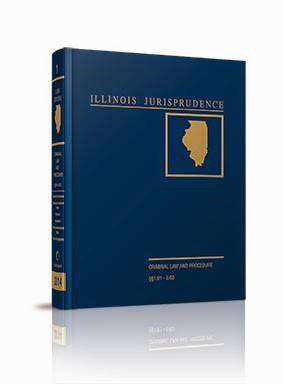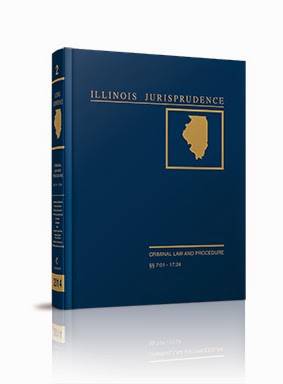(Updated 1/4/24: See our related posts at: Can I be Convicted of Disorderly Conduct for Asking a Question? and Disorderly Conduct: Calling in a False Alarm).
In Illinois, some types of disorderly conduct are more serious than others. Disorderly conduct can mean creating a public disturbance or peeping in windows, but it can also mean filing a false police report as was charged in the recent Jussie Smolett case.
The most familiar definition of disorderly conduct is also the least serious. If you acted unreasonably so as to alarm or disturb others, you can be charged with a Class C misdemeanor. Your conduct must have provoked a breach of the peace. For example, you yelled threats to beat someone up in an alley.
If you peep in windows, the charges are stiffer. It is a Class A misdemeanor if you enter another’s property and deliberately look into their dwelling for a lewd or unlawful purpose.
If you made a false report, the severity of your offense depends on to whom you made the report. Disorderly conduct is a Class B misdemeanor if you made false reports to the Department of Public Health under certain statutes. But your offense becomes a Class A misdemeanor if you made the false report to a public safety agency without the reasonable belief the report was necessary.
A false report made without reasonable grounds to the police, emergency services, the fire department or the Department of Children and Family Services upgrades your offense to a Class 4 felony.
Transmitting threats of destruction to school property or violence or death against persons at school is also a Class 4 felony. But the most serious disorderly conduct is transmitting a false bomb scare when you had no reasonable grounds for believing such a threat exists. Doing so is a Class 3 felony.
If you are accused of disorderly conduct, contact an experienced criminal law attorney immediately. An attorney can review your case for its best possible defense. As with most crimes, the state must prove all the elements of the offense against you beyond a reasonable doubt. Perhaps you had reasonable grounds to believe the report you made was true. Or perhaps you were not deliberately looking into anyone’s windows, and the victim mistook the angle of your view.
If you have questions about this or another related Illinois criminal or traffic matter, please contact Matt Keenan at 847-568-0160 or email matt@mattkeenanlaw.com.
Source: Illinois Disorderly Conduct Statute.
(Besides Skokie, Matt Keenan also serves the communities of Arlington Heights, Chicago, Deerfield, Des Plaines, Evanston, Glenview, Morton Grove, Mount Prospect, Niles, Northbrook, Park Ridge, Rolling Meadows, Wilmette and Winnetka.)




Pingback: CAN I BE CONVICTED OF DISORDERLY CONDUCT FOR ASKING A QUESTION? - A SKOKIE CRIMINAL LAWYER EXPLAINS THE LAW 1-847-568-0160A SKOKIE CRIMINAL LAWYER EXPLAINS THE LAW 1-847-568-0160